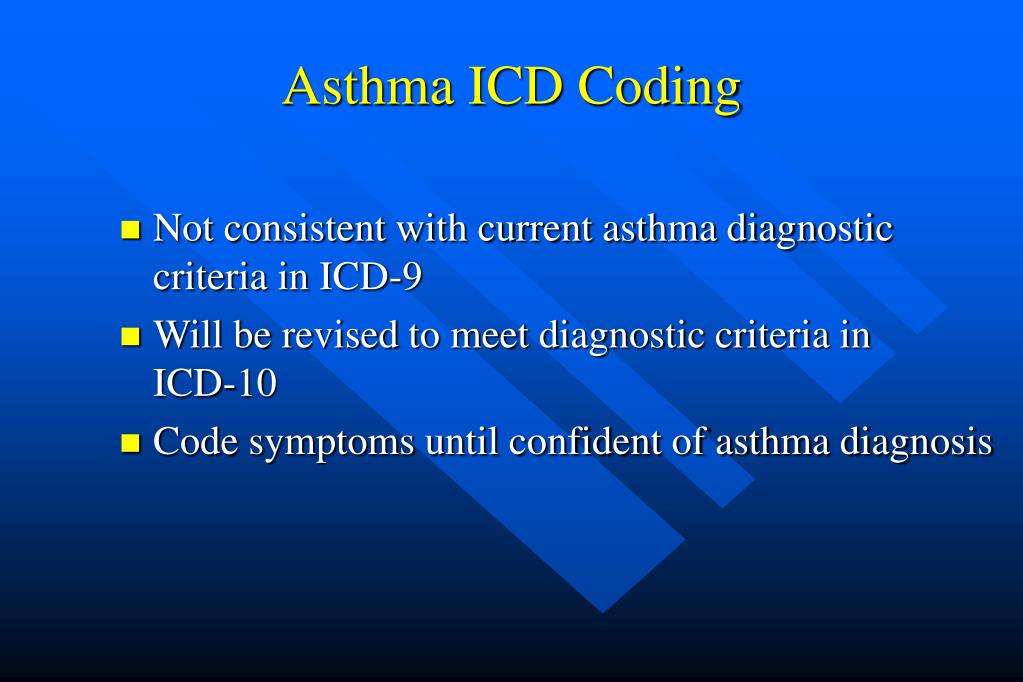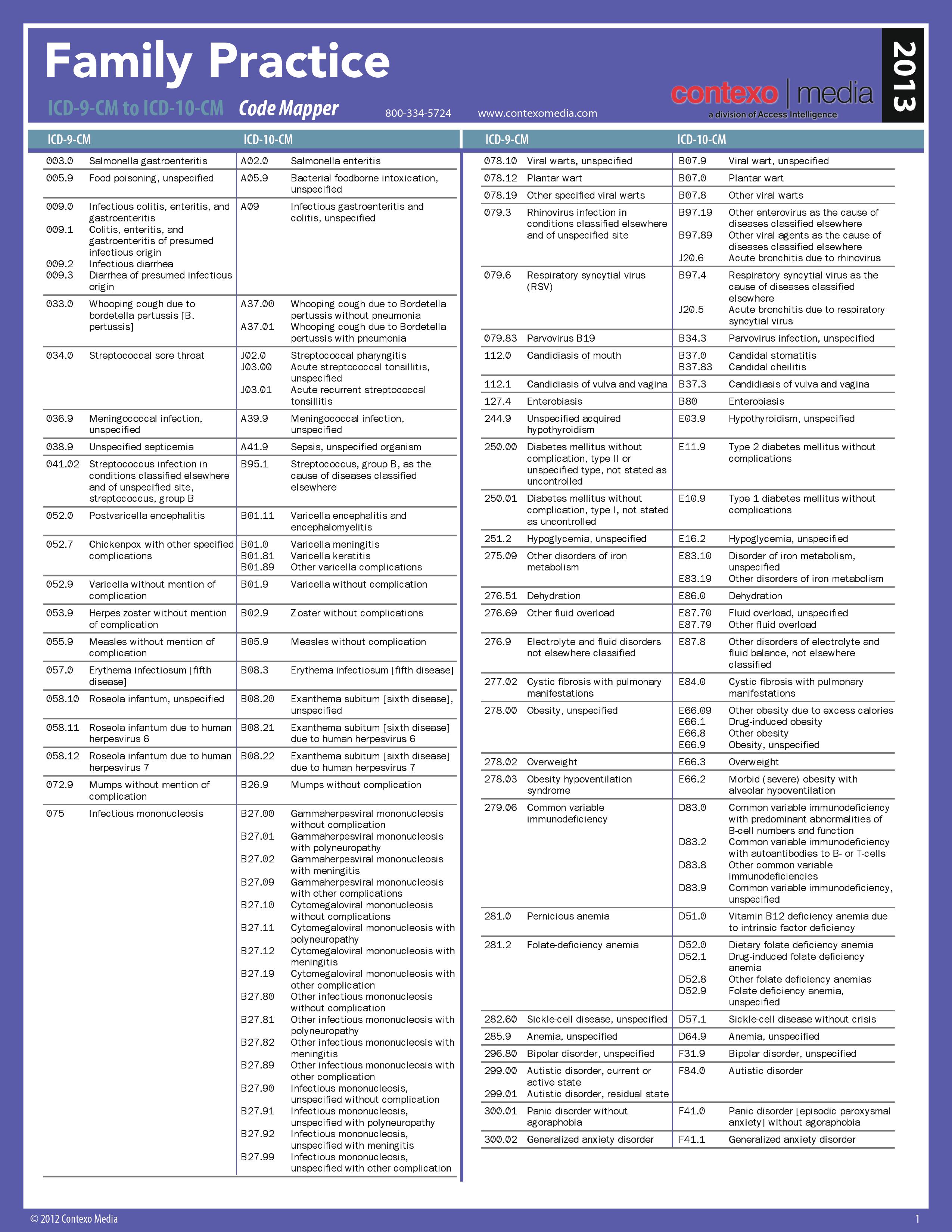
The researchers wrote that high false-negative rates were the main contributor to poor ICD-10 code performance. ICD-10 performance was better for hospitalized patients than for those in the outpatient setting for fever and shortness of breath but not cough, the researchers stated. For shortness of breath, sensitivity was 24 percent, specificity was 97 percent, PPV was 93 percent, and NPV was 42 percent. Meanwhile, sensitivity for cough was 44 percent, while specificity was 88 percent PPV was 96 percent, and NPV was 18 percent. In general, the higher the percentage for these tests, the more reliable they are, with 90 percent or higher considered a good score, the researchers noted. Meanwhile, the specificity-the ability to identify those without a condition-was 98 percent and the positive predictive value -the likelihood that those who test positive for a disease truly have it-was 96 percent.įurther, the NPV-the likelihood that those who test negatively truly don't have a disease-was 41 percent. However, the sensitivity-or the ability to identify those with a condition-of ICD-10 codes for fever was just 26 percent.

Medical records showed that 1,444 of the 2,201 patients-or 66 percent-had fever, while 1,930 (88 percent) had cough, and 1,399 (64 percent) had shortness of breath.

ICD-10 codes are often used for data aggregation and analysis, the researchers noted. Researchers compared the performance of International Classification of Diseases and Related Health Problems, Tenth Revision (ICD-10) codes for fever, cough, and shortness of breath with the electronic medical records (EMRs) of 2,201 patients tested for COVID-19 infection at University of Utah Health from Mar 10 to Apr 6. The codes fared better when they were capturing specificity and positive predictive value (PPV), the data showed.

Symptom-specific ICD-10 codes lack sensitivity and have poor negative predictive value (NPV) for characteristic COVID-19 symptoms, according to new research published in J AMA Network Open.


 0 kommentar(er)
0 kommentar(er)
